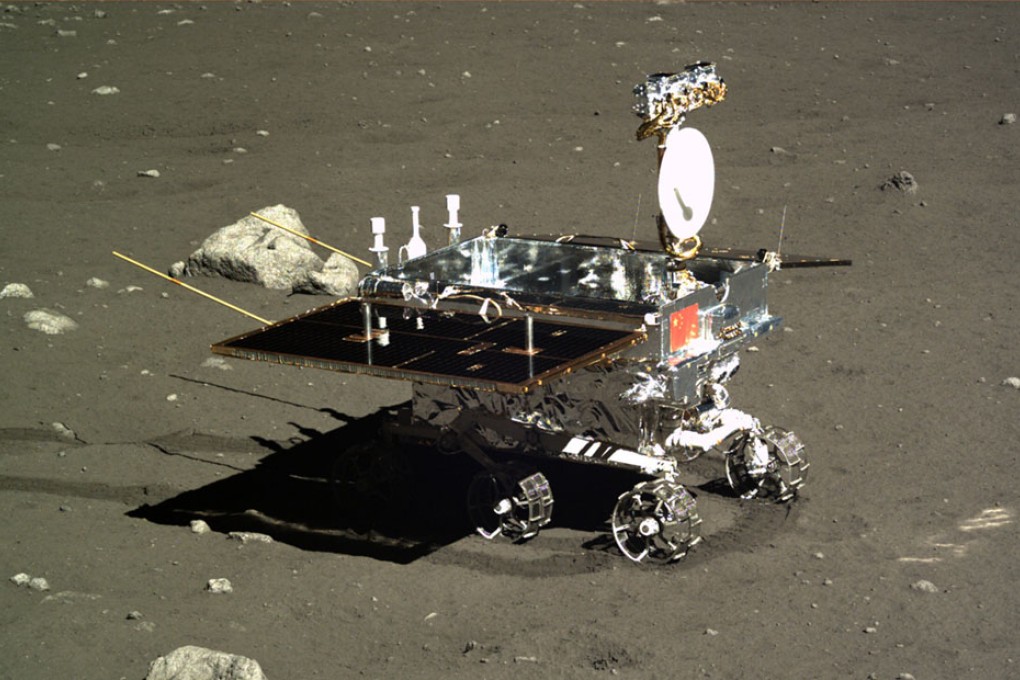China's Jade Rabbit moon rover was crippled by a rock, experts reveal
The Chinese lunar rover likely became crippled after hitting a rock while it navigated difficult terrain, according to a senior mainland scientist involved in the investigation into the breakdown.

The Chinese lunar rover likely became crippled after hitting a rock while it navigated difficult terrain, according to a senior mainland scientist involved in the investigation into the breakdown.

The distribution of rocks made the area look "almost like a quarry", with at least four rocks at least 20cm high every 100 square metres, Zhang was quoted as saying. The six-wheel rover suffered a "mechanical abnormality" in January, about a month into its planned three-month mission.
Jade Rabbit, also known as Yutu, landed on the moon on December 14 - the first "soft landing" on the lunar surface since 1976. It first broke down on January 25.
Hopes were briefly raised when the lunar rover responded to controllers' commands - albeit with delays and difficulty - but it is currently incapable of activating its wheels or solar panels.
The breakdown had earlier been tied to the moon's low temperature, which caused a blockage in the power circuitry, preventing the driving mechanism from powering up.